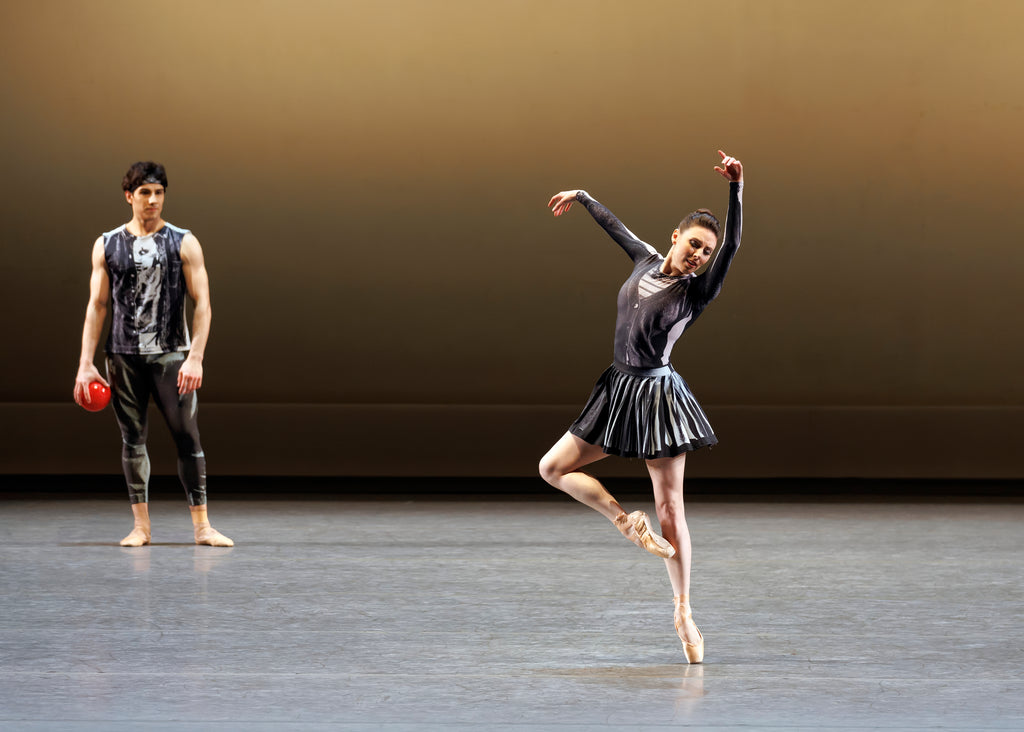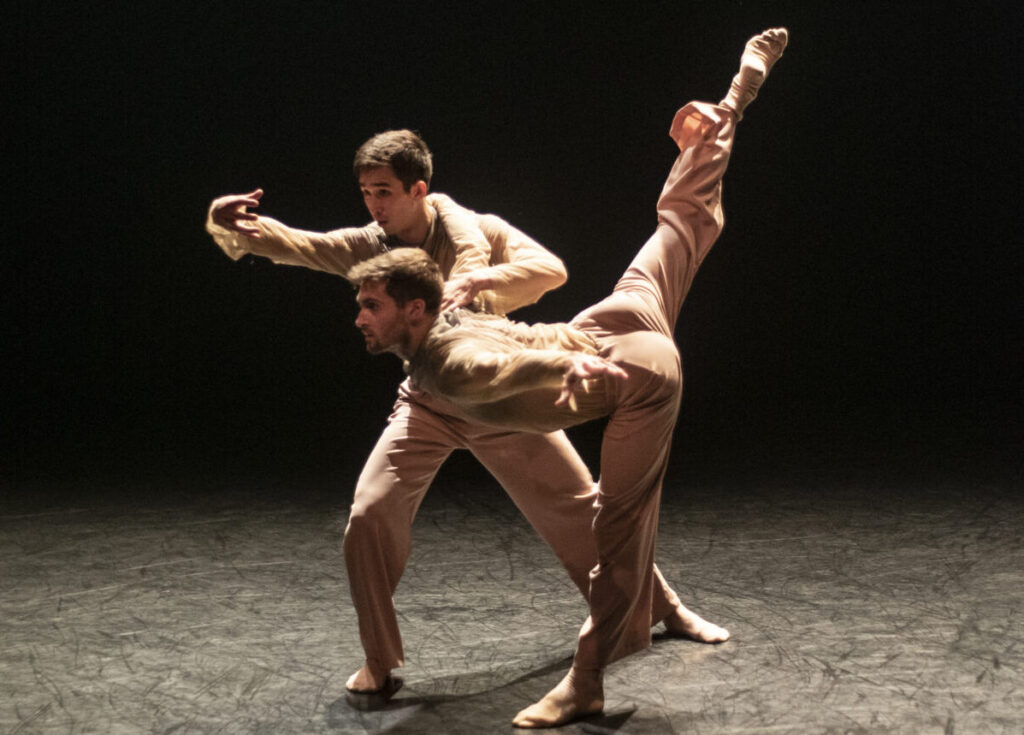VIEWPOINTS – Dance recap: CITY BALLET’s Spring Gala unveils distinctive new works and GIBNEY COMPANY returns to The Joyce with an eclectic bill
- By drediman
- May 9, 2024
- No Comments
This past week saw New York’s spring dance season in full swing, as evidenced by the unveiling of distinctive new works at New York City Ballet’s Spring Gala, as well as Gibney Company’s confident return to The Joyce Theater. Read on for my thoughts.

NEW YORK CITY BALLET
David H. Koch Theater
At the company’s Spring Gala performance last week, New York City Ballet danced a pair of world premieres that — although not quite classics, at least upon first look — made an impression (RECOMMENDED). First up, there was Justin Peck’s new pas de deux Dig the Say, which saw the busy and in-demand dance-maker moving in interesting new directions. Set to Vijay Iyer’s striking score of the same name, the choreography came across as refreshingly less prescriptive as his previous works, not quite hugging the music as closely and thereby creating more of a true “dance-like” relationship with it. This may have something to do with having developed the work with Tiler Peck and Roman Mejia — two virtuosic principal dancers with an exultant sense of musicality — who seemed to have been given leeway to phrase choreographic passages according to their own respective artistic inclinations. Aside from the distracting ball tossing that commenced the slight but fascinating dance, the piece was fresh with invention and intent. The gala performance ended with Amy Hall Garner’s Underneath, There Is Light, a large scale work set to a somewhat bewildering patchwork symphonic score (comprised of movements by different composers). Although upon initial glance the piece seemed a tad scattered and unfocused — both in tone and its overly fussy movements — Garner’s firm sense of overall composition was evident throughout. She also showcased the company’s dazzling speed an power admirably. The program began with a fine rendition of George Balanchine’s Rubies, led with style and athleticism by Mira Nadon, Megan Fairchild, and Anthony Huxley — all three dancing at the top of their game. It was the perfect palette cleanser for the evening of new works that followed.

GIBNEY COMPANY
The Joyce Theater
A few days after City Ballet’s sparkling gala, I ventured over to The Joyce Theater, where the Gibney Company and its well-trained and terrifically versatile dancers returned with an eclectic and satisfying program (RECOMMENDED), proving themselves to be a true repertory company of note. The evening kicked off with a pair of Twyla Tharp classics from the 1970s, both meticulously reconstructed this year by Shelley Washington. The first of these was Bach Duet (1974), a pas de deux set to Bach’s 78th Cantata (thankfully, performed live). Although lasting only six minutes in length, the piece is vintage Tharp — rigorous yet casually loose-limbed, interpreting the music as if by children simply at play. The other Tharp reconstruction was The Fugue (1970), which made for an interesting companion piece, continuing the iconic choreographer’s fascination with Bach (really, what choreographer/dancer can resist the composer’s commitment to rhythm?). Performed sans musical accompaniment (except for the percussive sound of shoes hitting the stage), the work — which is based on “The Musical Offering” by Bach — was an exhaustive exercise in discipline, progressing over twenty variations of a twenty-count theme. It was delivered with impressive concentration and style. Then moving on to a more European contemporary dance aesyhetic was Yue Yin’s 2022 A Measurable Existence. Set to a moody electronic score by Rutger Zuydervelt, the fluidly choreographed, atmospherically-lit duet was appealing but unremarkable. More successful was the program’s world premiere closer for the entire company, Jermaine Spivey ad Spenser Theberge’s Remains. Arguably overlong, I nonetheless found its arc to be compelling and ultimately quite moving, evolving from an elaborate world of nonsensical, overlapping loops to a distilled tableau infused with meaning.

 Copyright © 2024
Copyright © 2024
Leave a Reply